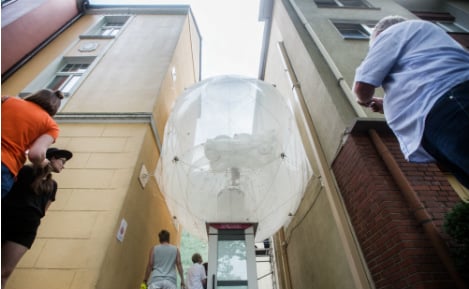“A drop in house prices would hit growth, employment and state finances,” writes Waidelich, who also expresses concern for indebted families, who would be hard struck by a burst bubble.
Waidelich cites Nobel laureate Joseph Stiglitz’s definition of a bubble, claiming Sweden’s housing market is at risk of experiencing these conditions.
“If the reason that the price is high today is only because investors believe that the selling price will be high tomorrow – when ”fundamental” factors do not seem to justify such a price – then a bubble exists.”
Waidelich criticises the governing centre-right Alliance for several policies that he feels have worsened the situation on the housing market, such as the lowered housing tax, the ROT tax deductions for building, and the insufficient amount of new apartments built.
“Inflated housing prices are a global phenomenon, but several points of the government’s economic policies have fueled this problem,” he writes.
In order to soften the blow from falling prices, however, Waidelich is open for cooperation over party lines. He also suggests that subletting apartments should become easier.


 Please whitelist us to continue reading.
Please whitelist us to continue reading.
Member comments